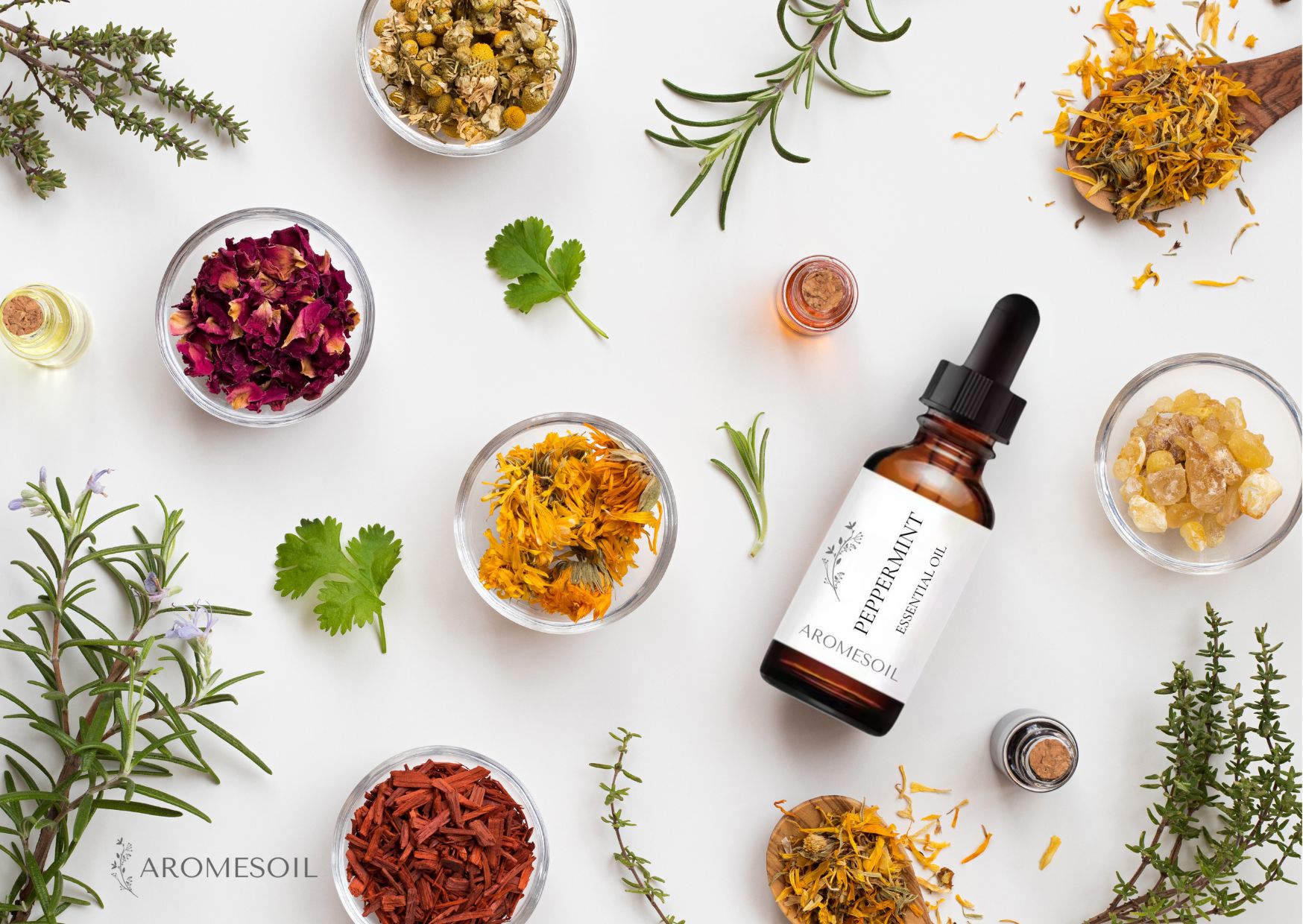Introduction
In the realm of natural products, oils play a versatile role. Essential oils and vegetable oils, while both valuable, have distinct characteristics and uses. This article explores the differences between these two types of oils, focusing on their unique properties and applications.
What are Essential Oils?
Essential oils are concentrated liquids extracted from plants. They are obtained through processes such as steam distillation, water distillation, or mechanical methods like cold pressing. These oils are known for their strong aromas and are commonly used in various applications, including aromatics and personal care formulations.
What are Vegetable Oils?
Vegetable oils, sometimes referred to as carrier oils or base oils, are derived from the seeds, nuts, or kernels of plants. Common examples include argan oil, almond oil, and jojoba oil. They are extracted through mechanical pressing or solvent extraction and are widely used in culinary, cosmetic, and other applications.
Essential Oils vs Vegetable Oils: Key Differences Explained
Composition and Potency
Essential Oils: Highly concentrated and composed of volatile compounds from plants.
Vegetable Oils: Contain fatty acids and other plant-derived components, typically less concentrated than essential oils.
Uses
Essential Oils: Commonly included in products for their aromatic qualities. They are often diluted with a carrier oil before topical application.
Vegetable Oils: Used as base ingredients in skincare formulations or culinary applications. They can serve as diluents for essential oils.
Extraction Methods
Essential Oils: Extracted through processes like steam distillation or cold pressing.
Vegetable Oils: Typically obtained via mechanical pressing or solvent extraction.
Volatility
Essential Oils: Evaporate quickly and have a noticeable aroma.
Vegetable Oils: Non-volatile and generally have a mild or neutral scent.
Skin Application
Essential Oils: Should be diluted before use on the skin to avoid potential irritation.
Vegetable Oils: Often safe for direct application and commonly used to dilute essential oils.
Conclusion
Recognizing the differences between essential oils and vegetable oils helps in selecting the right type for specific needs. Each oil offers unique properties that can enhance various products and applications. Always follow proper usage guidelines to ensure safe and effective use.



